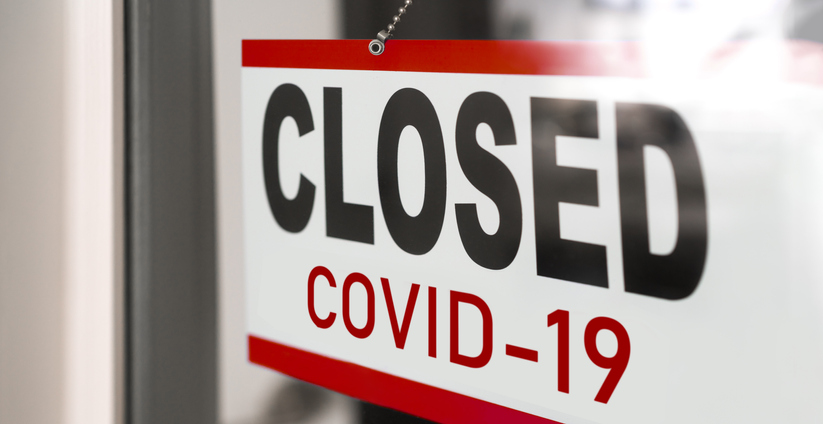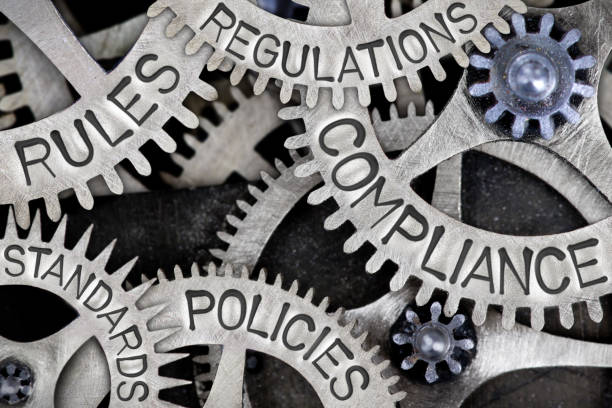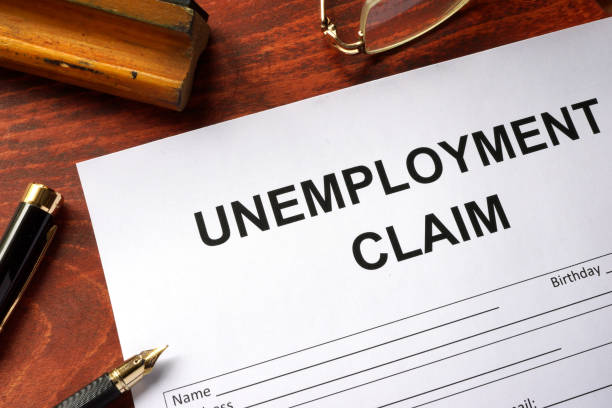The latest unemployment numbers released from the Employment Security Department (ESD) shows that the unemployment trust fund is decreasing at a rate much higher than the state is projecting.
ESD continues to provide unclear and mis-leading reporting of the state unemployment fund balance and the rate of decline. By not calling out the exact fund balance remaining and the state portion paid each week, ESD is obfuscating the true economic condition of the fund.
The May 21st press release shows the state spent $1.01 billion (an increase of almost $256 million from the previous week) of federal and state funds on unemployment benefits for the week of May 10-16. Based on previous estimates, $334 million of the $1.01 billion was spent from the state reserve.
The fund balance was $4 billion on May 1st. This was the last official balance available from ESD. Simple math shows that at an average of payout rate of $250 million a week means all the money will be gone in less than 100 days depending on the starting fund balance. This weeks numbers show that $250 million average may be too low and the fund is depleting at a higher rate.
These numbers are not readily available from the ESD press releases and contradict the departments own public statements. Recent reports of fraud will add to the additional burden on the fund balance.
Depending on how long the COVID-19 lockdown goes on, it all adds up to a multibillion-dollar problem for the state. Legislators and the public need accurate information so they can start addressing the fix.
The Tax Foundation recently published a study on unemployment compensation claims and concludes that Washington state has the highest ratio of unemployment verses the private sector. This imbalance will continue to put additional pressure on the unemployment trust fund balance.
Based on the slow-phased approach to reopening the economy, unemployment will be kept artificially high. The best way to regain the state’s fiscal health is to bring jobs back. Once people go back to work, they start paying into the unemployment fund instead of drawing money out.
The longer businesses are forced to remain closed and workers are home, the larger this problem will become.





